What is a home? Is it the house developers' promise or the community that surrounds us—or is it something else, something more tangible, something that provides security, safety and stability?
There is an expression “Builders can build a house, but they can never build a home.” In large cities in Georgia, the needs of people stuck in dilapidated buildings and apartments are drowned out by promises of new, shiny development. Their concerns are largely unknown, and their voices often go unheard. It is challenging to even find hard statistics on how many people are living in unsafe housing in large cities like the capital, Tbilisi, and Batumi, a city on the rise where nine people were killed in October when a five-story building collapsed.
For a few days after the tragedy, the media seemed obsessed with the social cost of the state housing policy. Eventually, however, blame was placed on individuals who violated construction regulations, and officials made vague promises to provide safe housing. The ruling Georgian Dream has vowed to move the residents of 10,000 damaged buildings in Tbilisi—not repair their apartments but replace them.
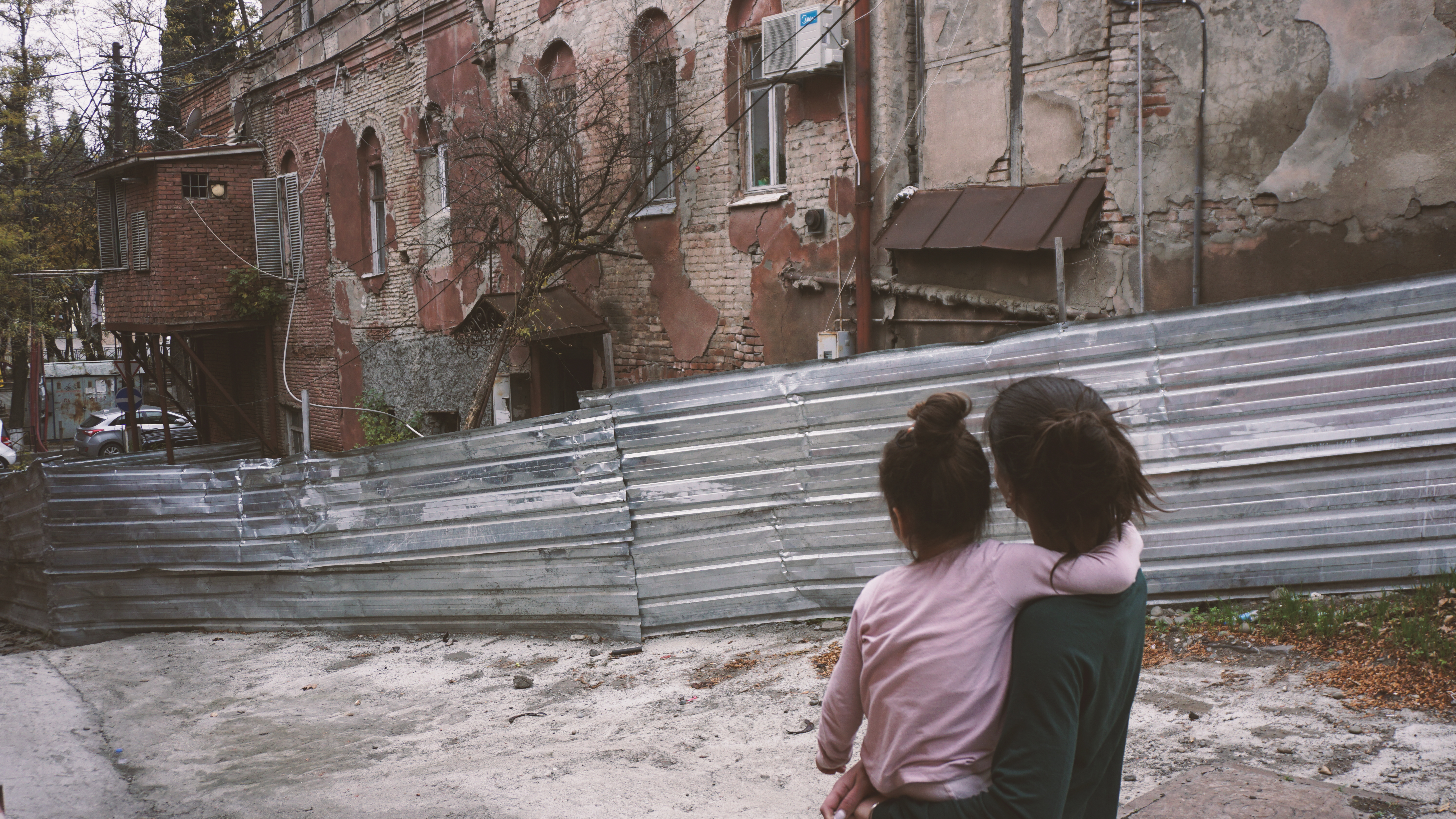
When that will happen, how it will happen, what the people who live in those apartments want or need—all of those questions appear to go, if not unasked, unanswered. History tells us, however, that they will continue to live in uncertainty: the last time the government promised people new housing was nearly 20 years ago, following the 2002 earthquake that damaged 20,438 homes. Tbilisi City Hall set up a fund for the affected families, but even now these people are living in rented apartments—still waiting for a safe home to call their own.
Sociologists and anthropologists tell us a home should be a cozy shelter, a safe place that enables us to get the services we need and the sense of permanence we crave. Whether we live in a safe, durable abode, with dry walls, functioning windows, a safe foundation and uncracked walls—or a dilapidated ruin, with mold, no ventilation, holes in the floor and a damaged structure—the house is more than a physical place, according to anthropologist Tamta Khalvashi.
Everything under the fragile ceiling of the place we call home seems to reflect who we are, and who we can be. Khalvashi stresses that it is important to see the connections that exist between understanding the home as a physical structure as well as the local context of the house as a home. But as a society, we speak little or nothing about the emotions and feelings that people experience due to housing challenges.
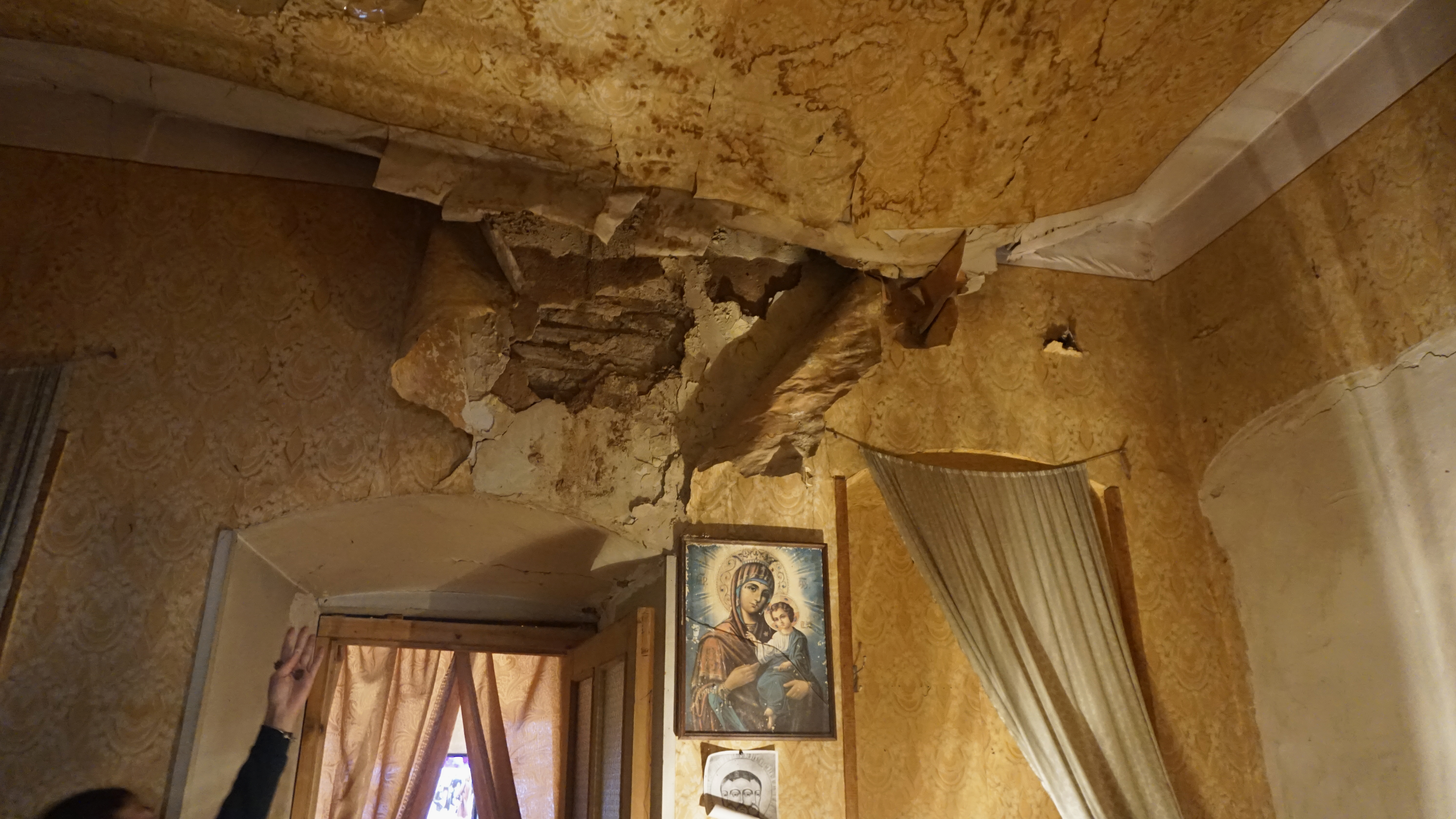

To understand what life is like when the very roof over your head is unstable, we spoke with people living in different districts of Tbilisi to find out their views, emotions and experiences. During the interviews, people talked about living in urban settlements on a daily basis while their apartments and buildings were damaged.
“ To me, home is a space where I can stay safe with myself and my thoughts. When you don’t love the space you live in, you get irritated at the ones who share this situation with you.”
People's attitude toward their homes often determines their attitude toward themselves, Khalvashi says, noting the home is an imaginary space that evokes feelings of "roots" and "security" in a person, while the house is a physical space. It has the potential to make people feel alienated, anxious, unstable and even ashamed.
“’Do you still live here? Does anyone live here?’ I often hear questions like that when I look out the window. When this happens, I want to disappear, hide, or become invisible.”
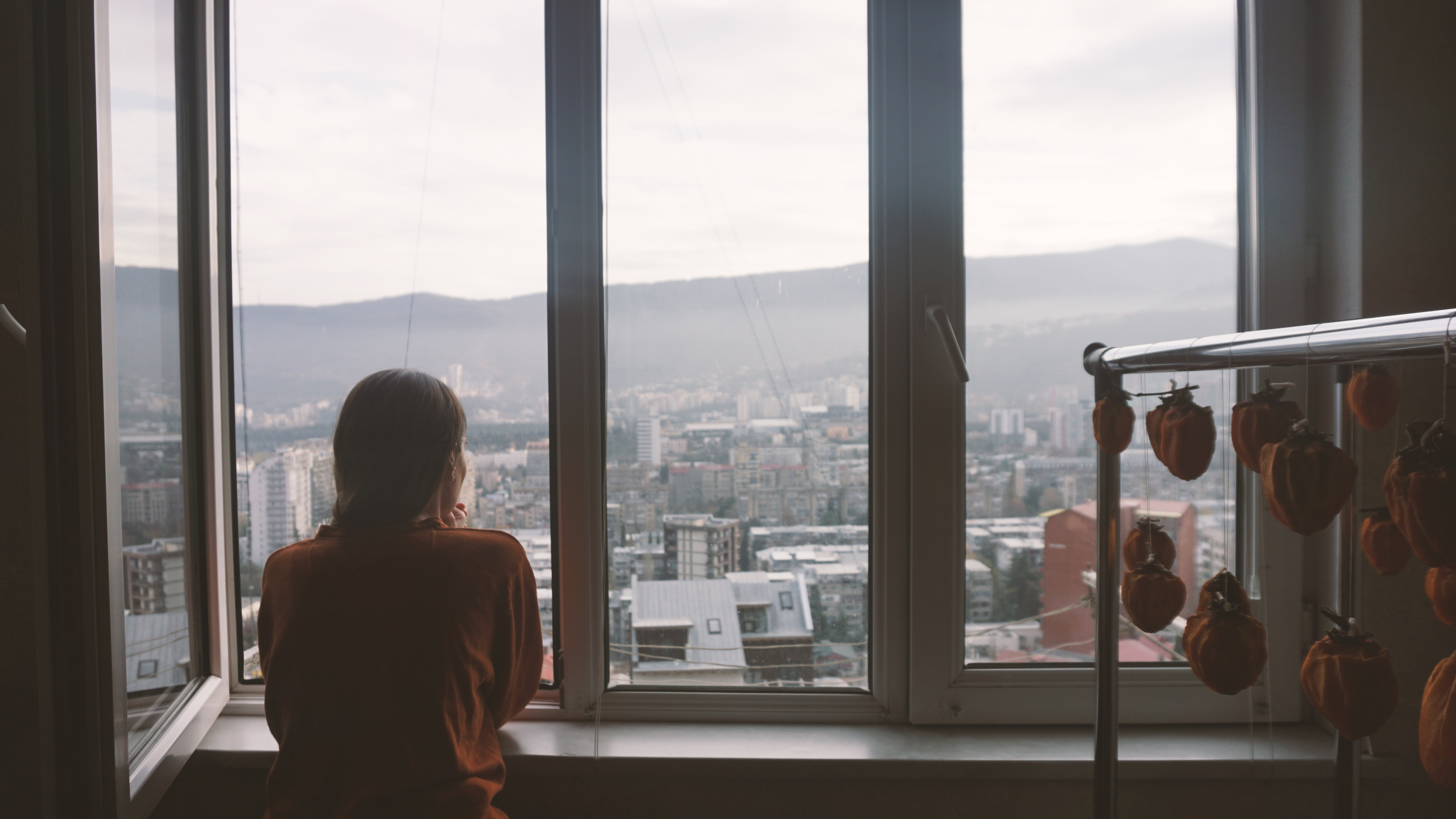
The space we live in is a form of our self-presentation, and when people are ashamed of being in that environment, they become even more critical of themselves. The interviews show that people question their own strength and sense of unity when they lack a safe, calm and stable environment at home. Feelings of frustration and injustice increase when the place they depend on for shelter is unstable. They see a space where some have the luxury of being alone with themselves and their thoughts, while others don’t.
“A person's mental state depends on how grounded he is, and how safe he feels where he lives."
The home is not only a guarantee of individual security but also a space where the safety of others is your responsibility. The lack of a safe space often affects the connections between people, their formation and development.
“I didn’t even want my friends to come to my place on my birthday, because it is especially important that when someone is with me, he feels good. My house has never really been a guarantee of that.”
For a family, the home also determines the degree of unity and belonging to the group. When people do not feel safe in a physical environment, they may also distrust one another.
“Living here is so tense that we can’t even talk. It is as if we blame each other for living here.”
According to Khalvashi, the feelings, practices and relationships are the elements of connection between people and the home. She noted that people living together share physical space and food and take care of each other. This is where the ties of relationship start.
When family members do not talk about these challenges and the difficulties of living in a threatening environment, the quality of their communication deteriorates. As a result, their living environment may become conducive to passive-aggressive behavior and unhealthy communication. At the same time, the family structure exacerbates the feeling of insecurity while living in damaged buildings or apartments.
“I’m already worried about the future and think that when my child grows up and starts running around, I won’t live in this house anymore because the fear that something might collapse will go stronger.”
During the pandemic, when children had to switch to online classes, parents struggled to hide the damage around them when they were online so that others would not notice it.
“When a child has an online lesson, we try to find a wall in the background that doesn’t have a crack."
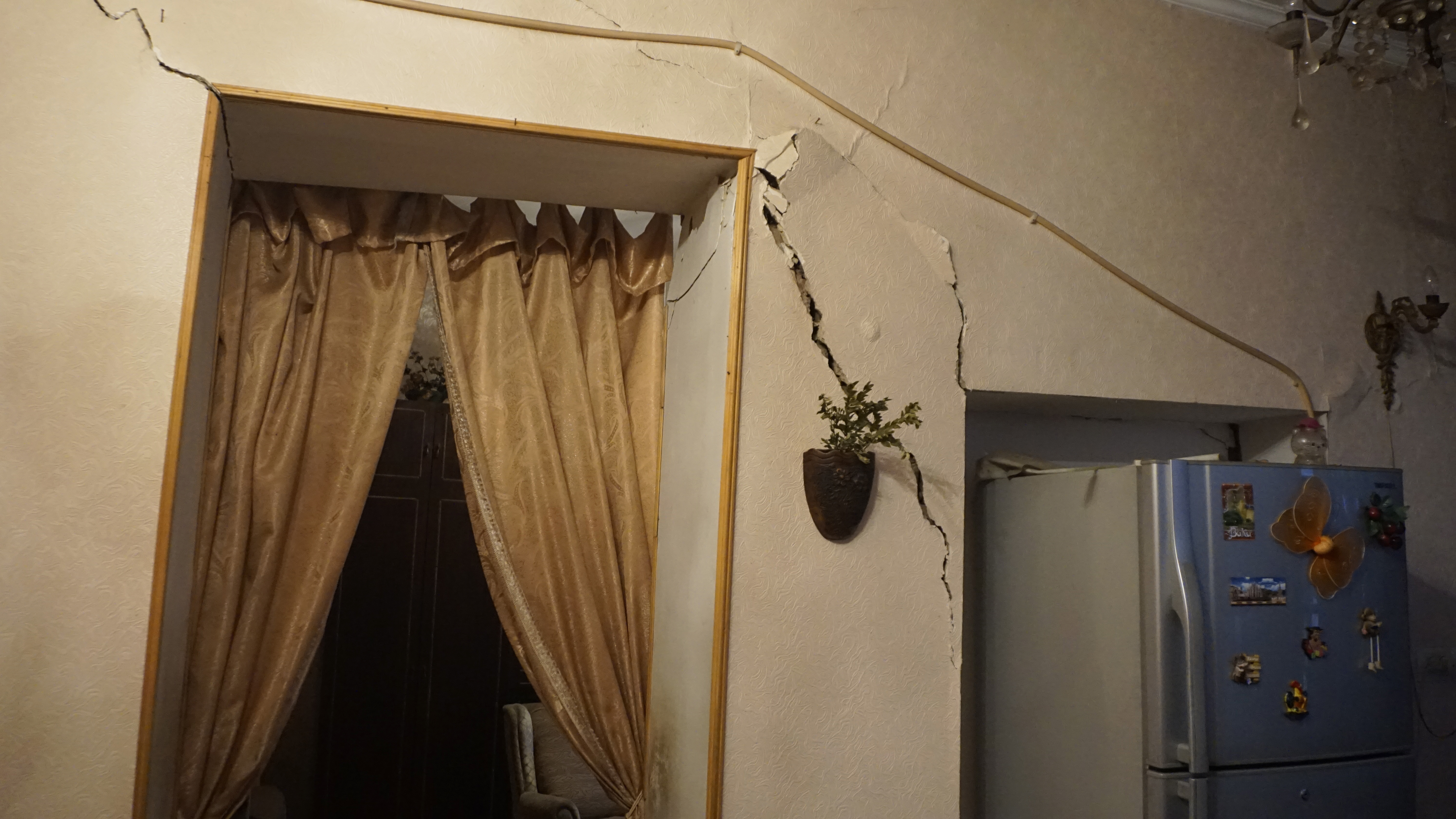


In the process of adapting to their housing, people develop different coping mechanisms in order to survive, maintain stability and function in society. Sometimes, the way to escape from anxiety is to completely ignore the problem. People avoid thinking that poor living conditions can have a lasting effect on their physical and mental health.
“My sister and I lived in an 18-square-meter apartment. There was no sunlight. From time to time, the walls of the apartment would turn black and be soaked from the dampness, and my sister and I would have to scrub them for days. It probably had a bad effect on our health. However, I tried not to think about it, because it was what it was. We had to live here and thinking about that wouldn’t have changed anything.”
“Living in those damaged homes left me with one big fear, like the fear of not having a home. Love, work, healthy living, self-development —everything would be much easier for me if I had my own, safe home.”
The feeling of constant danger is exacerbated when the apartment is owned by someone else. You never know what might happen because the apartment is in disrepair. The apartment owner is aware of the risks associated with accommodating someone in this space, however, the resident still takes the responsibility to maintain the conditions that existed there from the moment of entry.
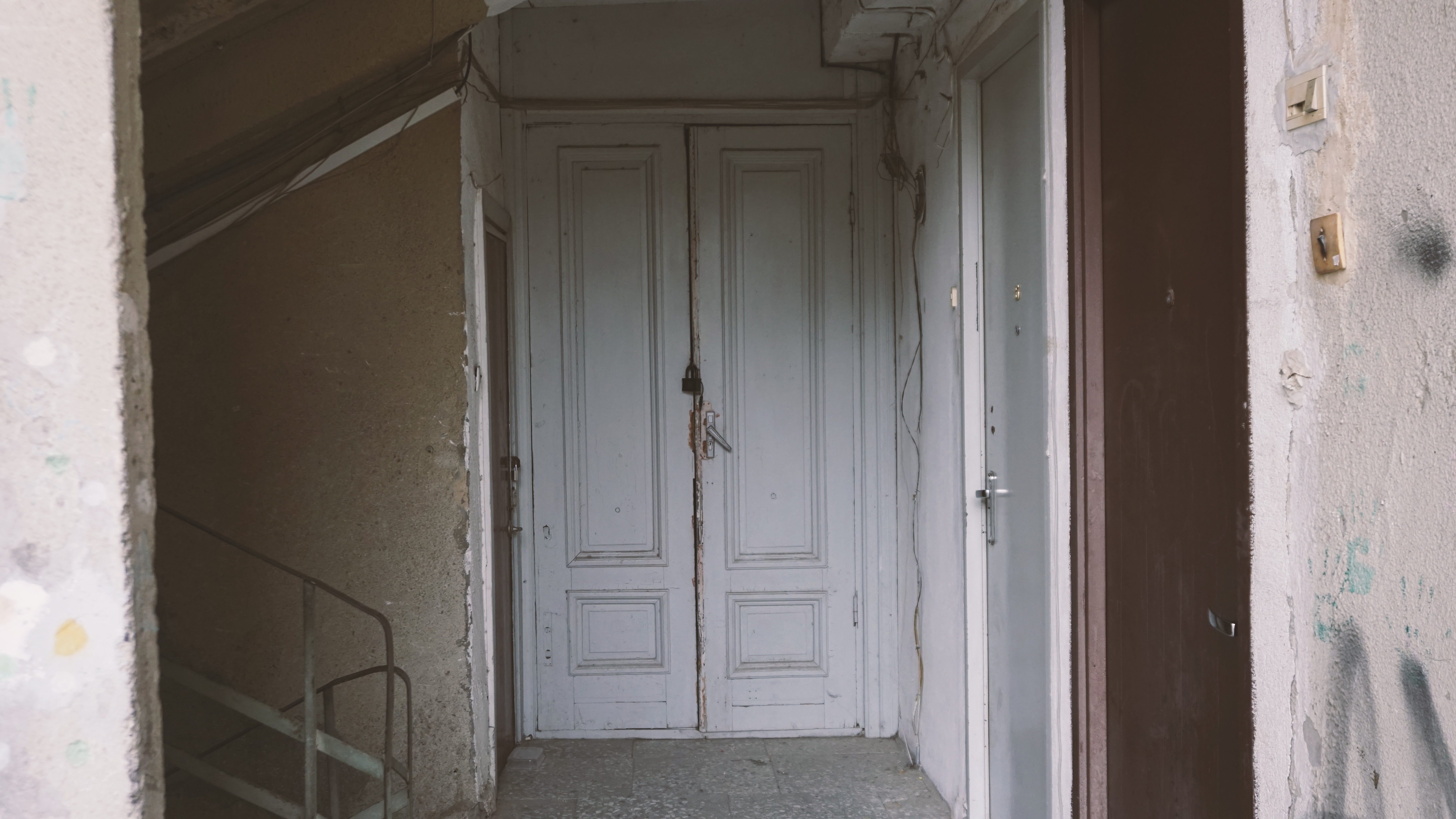
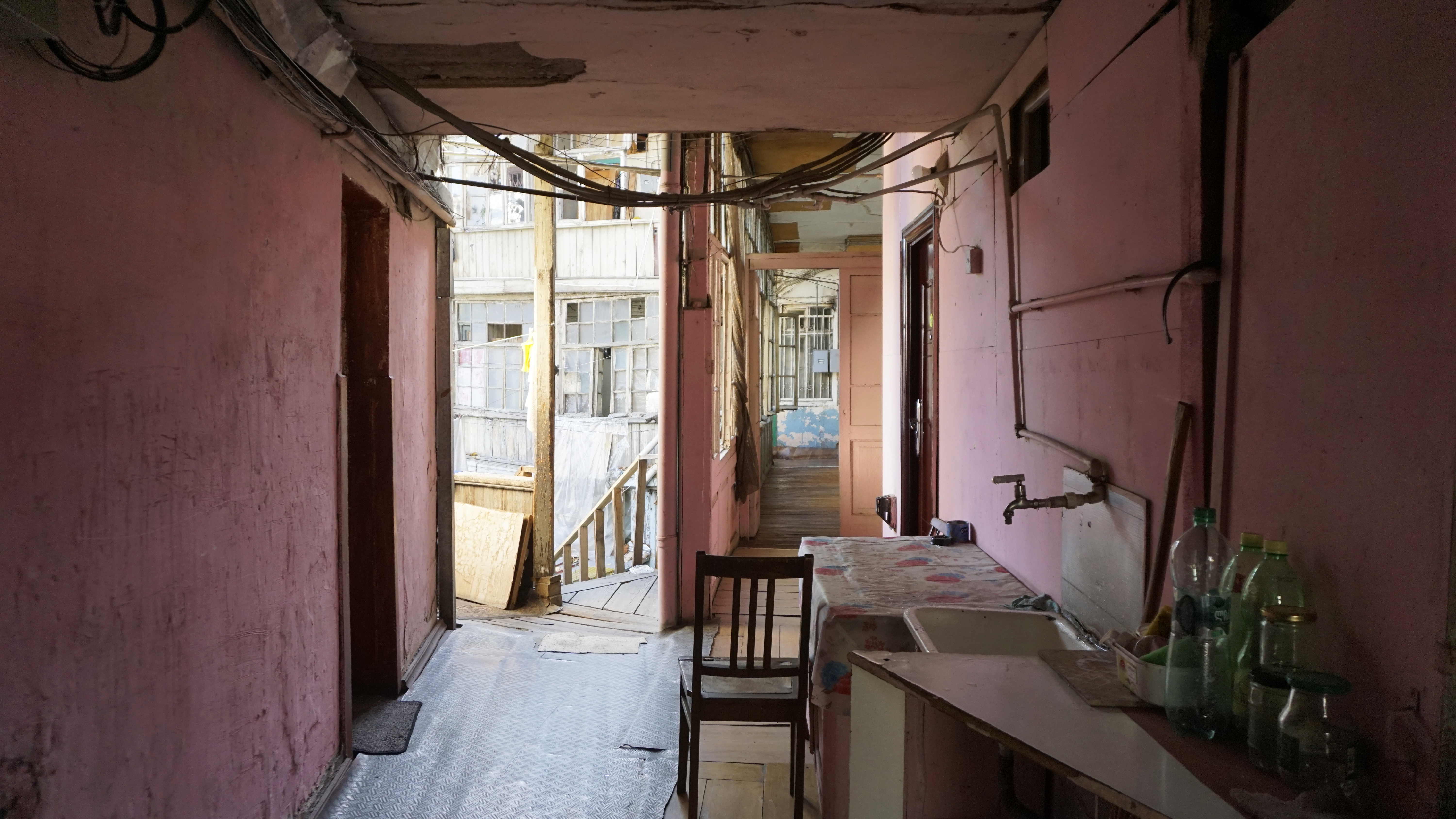
“I was always afraid of all the apartment owners. Communication with them was always associated with fears and anxieties. Do you know why? I knew I was entering a damaged apartment, and I wasn’t guaranteed that my home wouldn’t damage one of the neighboring apartments. When I heard a knock on the door, I could only imagine that someone had come to reprimand me for something, for example, how water was leaking from my rusty pipes, ruining my neighbor's apartment. One day, when I was at the university, my younger sister called me and said that someone was knocking and she was afraid to open the door. We couldn’t even suppose that someone would come just to see how we were doing. The fear was enhanced by the fact that we considered ourselves 'foreigners' because we came from a different part of the country.”
Some families still live in apartments built years ago, parts of the chaotic construction that collapsed because of illegal “attachments” to a building. One of them is the 10th building on the Nutsubidze plateau.
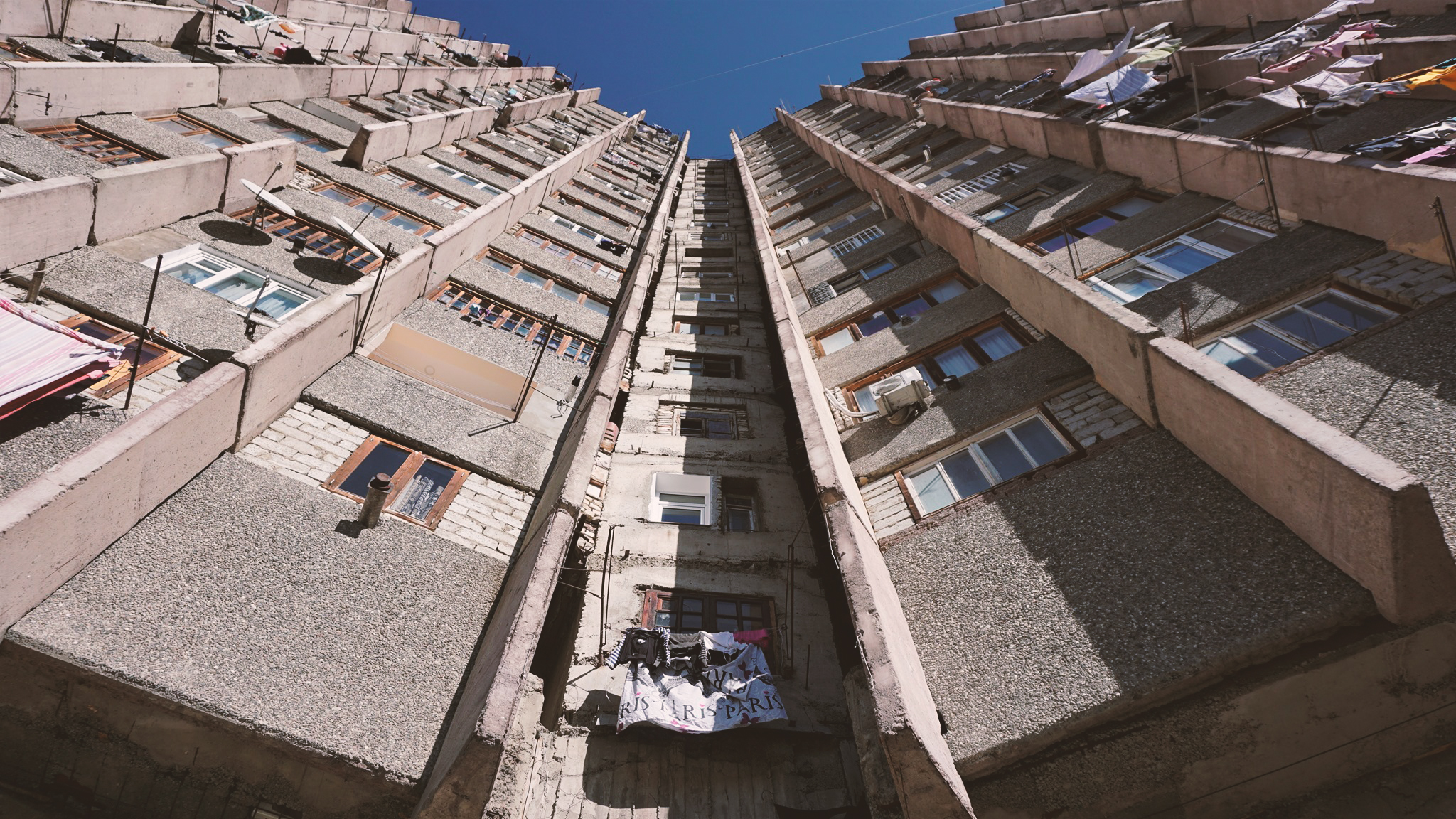
“At 8 o'clock one morning, I woke up to the sound of something falling down. The first thing that came to my mind was my neighbor, who was in the eighth month of pregnancy and had been on bed rest so she spent most of the time in her bedroom. I knocked on her door for so long that my hands started bleeding. No one opened the door. I found out later that she was at school meeting the principal about her child. Fortunately, no one was hurt by the collapse. After that, our building was called ‘Big Ben’ because almost everyone had a bedroom in the part that collapsed. Several clocks hung on the collapsed wall for many years.”
“When you enter the building, you see that the stairs are especially damaged and cracked. There are a lot of cracks in my house as well, and they say that our building simply settled. This is a myth, you know... How can those cracks not be dangerous, when new ones appear every single year?”
Living in a state of uncertainty affects even such simple decisions as moving the furniture or even doing minor repairs.
“When my son was born, I wanted to hang a few shelves on the wall, but I’m constantly afraid of unnecessarily disturbing anything. For the same reason, I even avoid moving furniture in the room.”
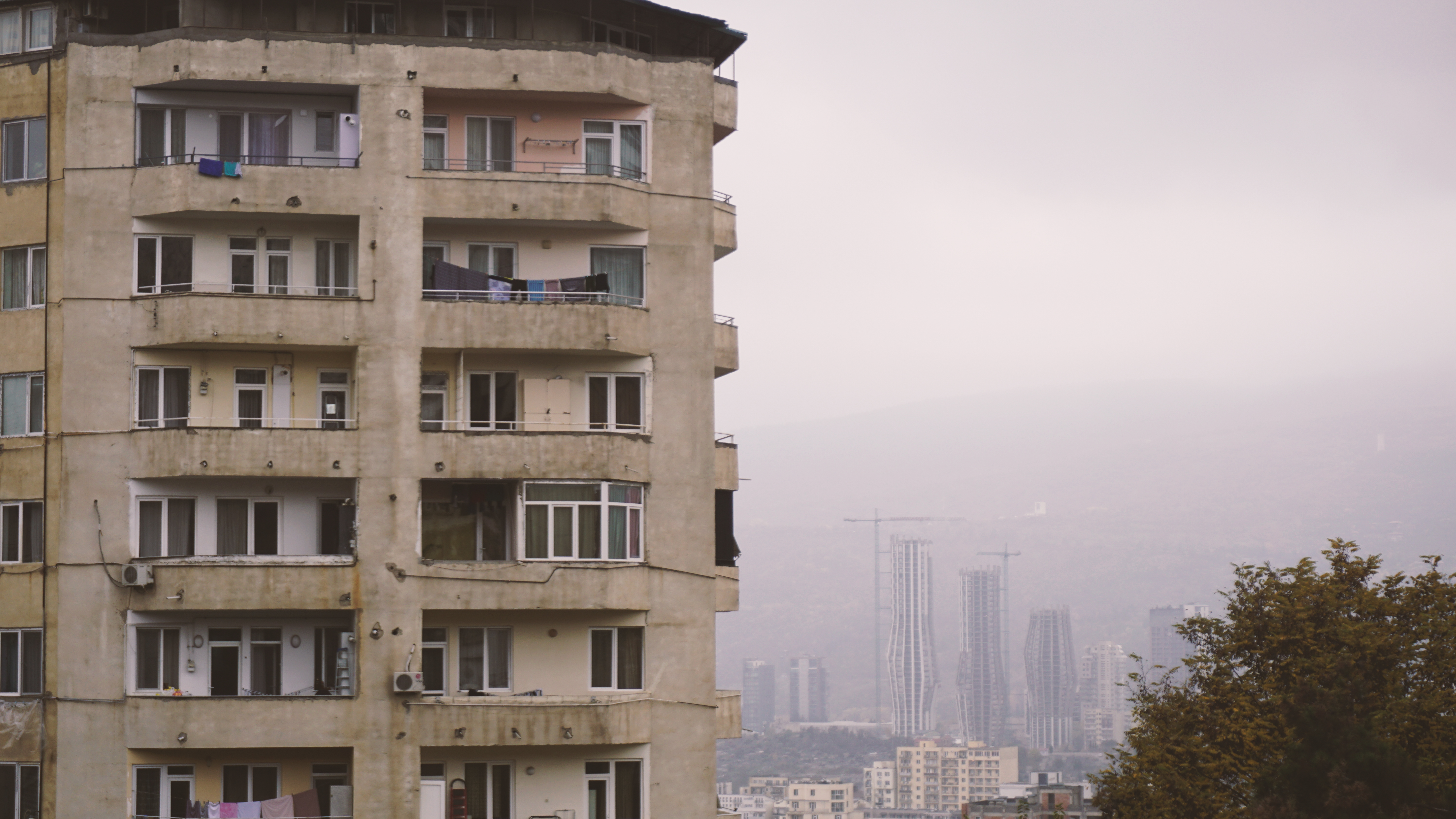

The interviews showed people who live in damaged buildings are slowly losing their sense of home.
“According to Sigmund Freud, home is always ,,mined'' with the meaning of ,,no home'', non-native feeling. What is the most familiar, will be known and experienced through unknown, scary, non-familiar. This is the meaning of ,,home'' according to Freud. Therefore, home always includes ,,no-home'' meaning''.
Losing the feeling of the home also affects the perception of other spaces. An anthropologist Tamta Khalvashi notes that during the Covid-19 pandemic, people switching to online classes or jobs returned to the era where homes served both as a place of work and leisure. People are used to separating these spaces, and working from damaged apartments during the pandemic has made people's anxieties even more intense.
Despite all this, people find different ways to get used to these conditions. According to Khalvashi,
“The inhabitants in such houses have a lot of strategies and mechanisms for living there and for taming the ruins”in order to create a feeling of home and to regain a subjective sense of security and stability in the world.
DONATE NOW

